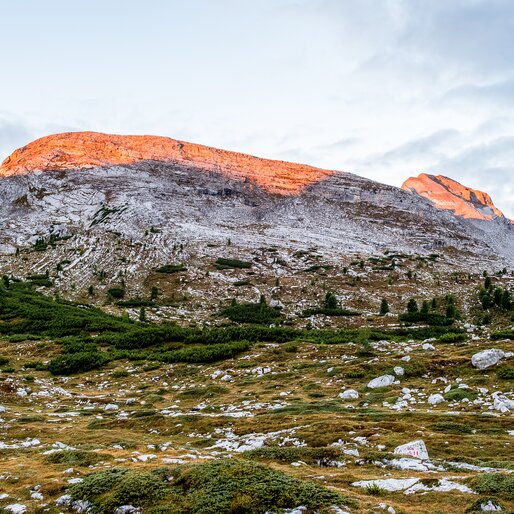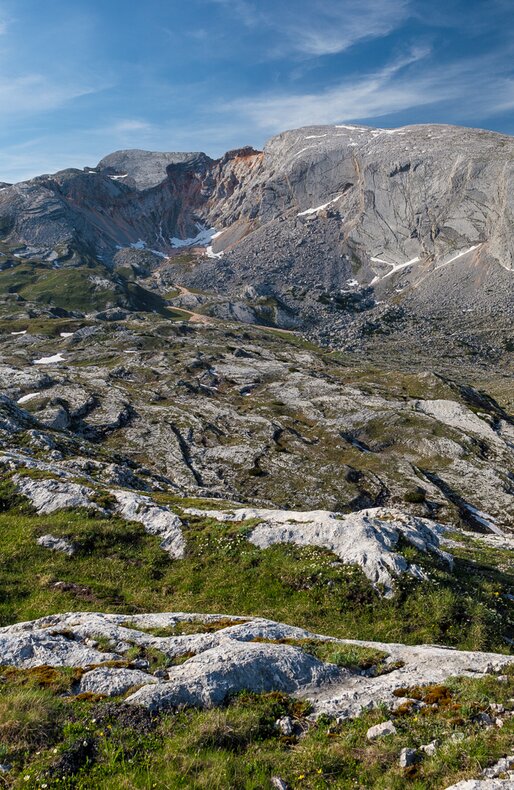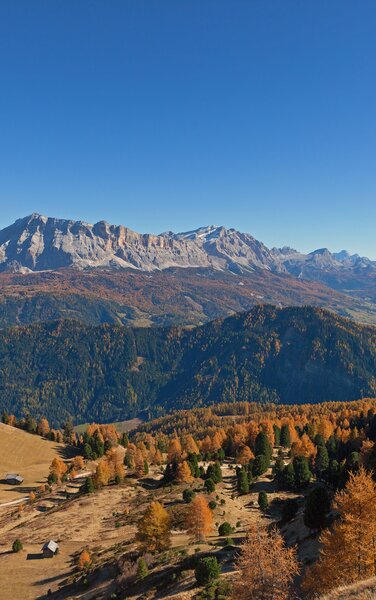Sustainability






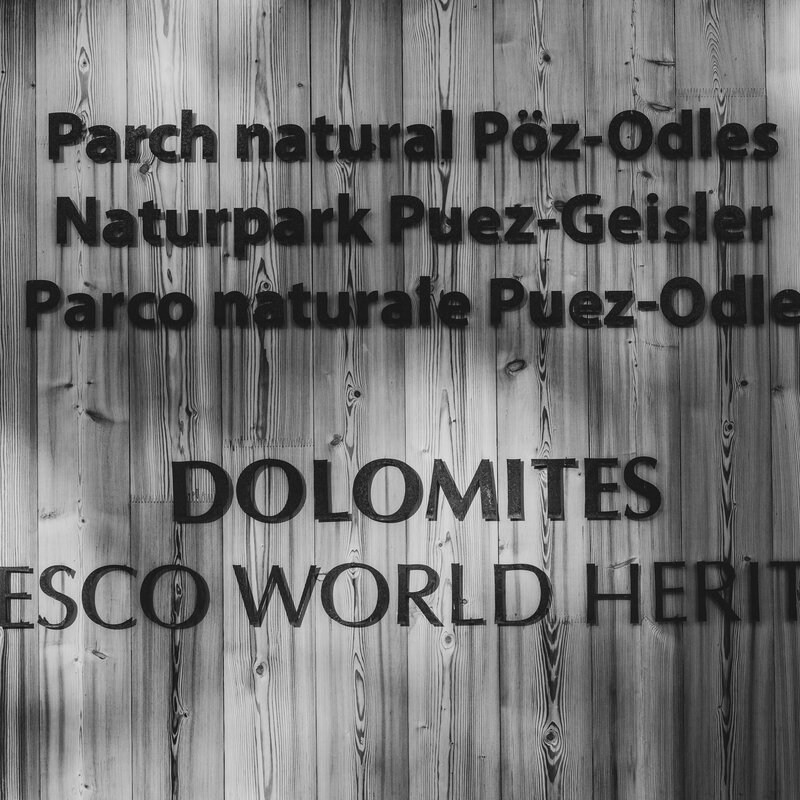
On 26th June 2009, a date which has gone down in Dolomite history and that of the regions and areas encompassed by it, the United Nations Educational, Scientific and Cultural Organization UNESCO inserted nine specific Dolomite areas in the provinces of Bolzano, Trento, Belluno, Udine and Pordenone in the list of UNESCO World Natural and Cultural Heritage Sites. It is a list which then consisted of 962 sites across the world but which has now risen to 1073 (February 2018). Italy takes 1st place in this prestigious list with 53 sites - followed on this virtual podium by China with 52 and Spain with 46 - and, of these, the Dolomites are one of the largest as well as one of very few, together with the Aeolian Islands and Monte San Giorgio, to fall into the ‘natural’ category. For UNESCO, which makes its decisions on extremely careful and rigorous grounds, the Dolomites are to be considered superlative natural phenomena of exceptional importance and beauty as well as an extraordinary testimony to one of the earth’s most important historical phases. These are words which overshadow the fact that, for this same safeguarding and protection body, the Dolomites are an opportunity “to admire one of the most beautiful mountain landscapes in the world”. San Vigilio di Marebbe and San Martino in Badia are in the heart of the northern Dolomites and underneath the Puez Odle massif, two of the areas encompassed by the UNESCO Dolomites heritage site. The spectacular characteristics which make the Dolomites so unique worldwide are manifold. Their isolated peaks, pinnacles, spires and towers rising from level surfaces like full-blown natural monuments; mountain massifs melded together into boundless panoramas of austere, poetic beauty; some of the highest calcareous rock faces in the world, which have long enchanted those who encounter them and which prompted British philosopher and politician Edmund Burke to declare in 1757 that: “No work of art can be great, but as it deceives; to be otherwise is the prerogative of nature only”. We might add that the Dolomites are precisely the best embodiment of this.
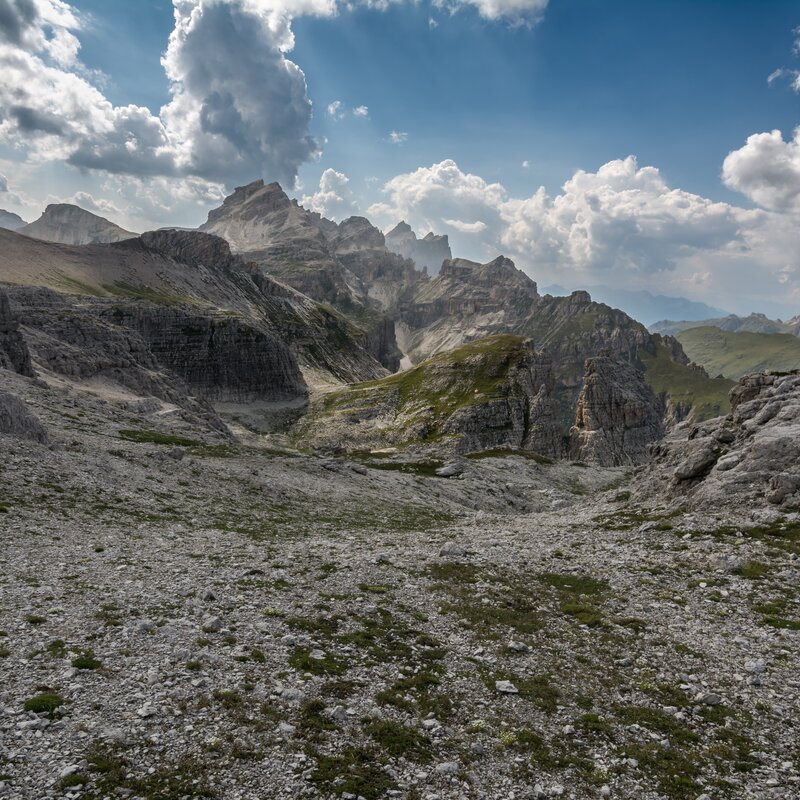
One of the features which makes the Dolomites region so unique the world over is the scientific readability of its geological history and the metamorphoses which it has experienced in the over 250 million years of its past. The geologists and scientists dealing with our planet’s origin and geological eras have dated its birth to elements which have been called ‘spectacular testimony’ on the cusp between the Upper Permian and Triassic eras, between 270 and 200 million years ago. The extremely slow rise from the tropical sea which began in the Mesozoic of the atolls and coral cliffs, which shaped the peaks and massifs we admire today, tells the story of the Earth over time, i.e. vertically, and also horizontally—in other words, in the sense of its extension through physical space. It is difficult, in the space available here, to summarize thousands of years of history and rocks, which are described in much more detail in the UNESCO Dolomites site.
But it is impossible to leave out at least a passing reference to the long chapter in human history which has been written by humankind in these mountains. From the earliest hunting to pasture to the exhausting birth of mountain agriculture to the community life - including in terms of architecture - of the Ladin Viles.
From the tragedy of World War One to the history of mountaineering, tourism and skiing, which have elevated them to the status of universal heritage such that they are referred to as the most famous mountains in the world. It is a story which cannot and does not end here, but which is continuing today, with scientists and researchers coming from all over the world to study these mountains in greater depth and to try to understand them better.
The discovery of a fossilized primordial lizard, Megachirella-Wachtleri (from the surname of Michael Wachtler, who discovered it), dates to just twenty years ago, when scientists succeeded in making a computer reconstruction of it and dated it precisely to 240 million years ago, thus making it the origin of all modern squamata on the planet. The science journal Nature dedicated its cover to this, entitling it “The Origin of the Lizards”.



